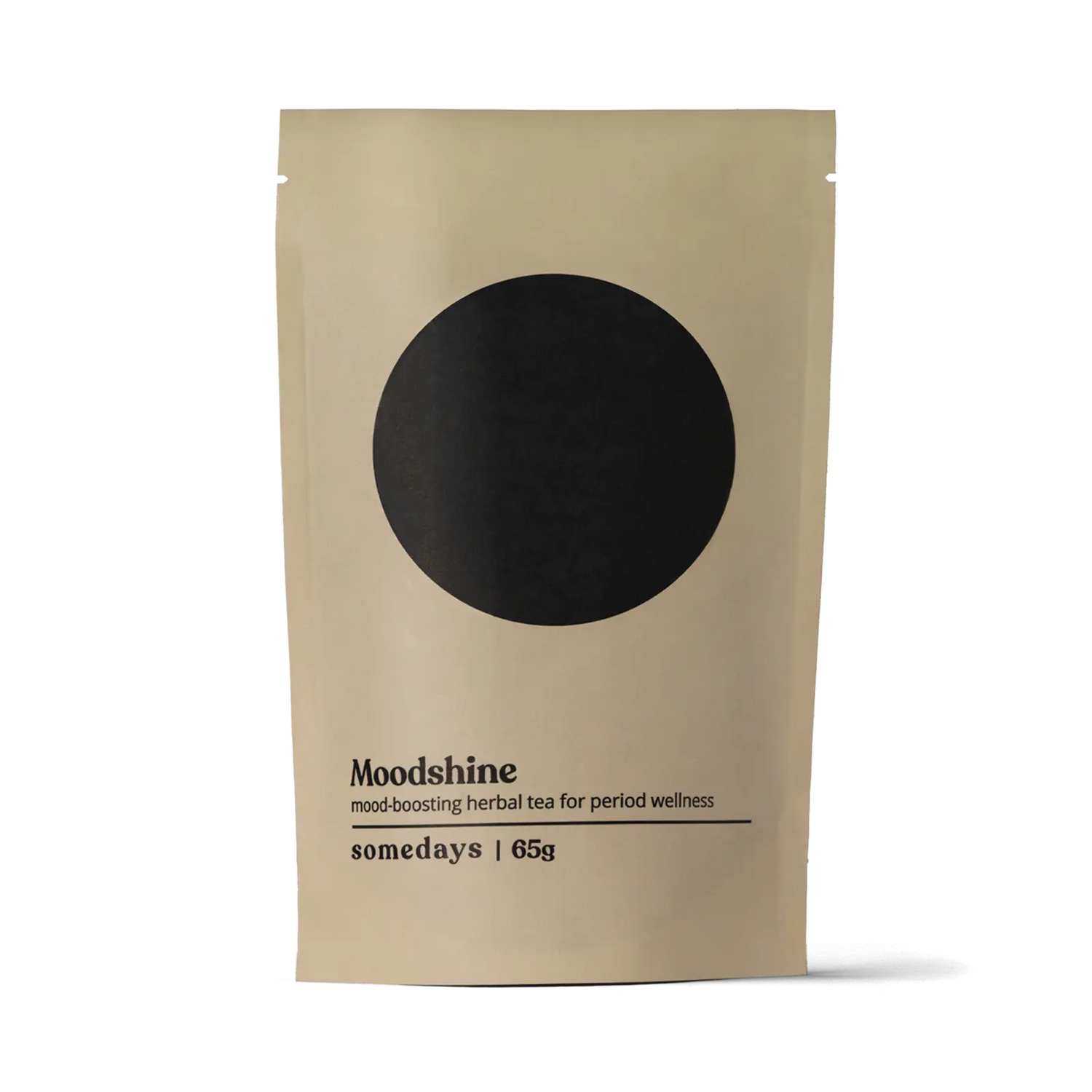Complementary Therapies for Endometriosis: Exploring Alternative Approaches

A pain management plan for endometriosis is always going to be a very personal approach, unique to each individual based on their specific endo, their comforts and their personal health and lifestyle goals. Typical “traditional” and “Westernized” management avenues such as surgery and hormonal therapies are common and provide relief for many moving through endometriosis. However, there are also many reputable and successful alternative therapies and health practices that complement more traditional pain management. These therapies, often rooted in holistic medicine, offer relief through natural and less invasive methods than, say surgery. Alternative therapies can provide short term and long term relief to various symptoms related to endometriosis when used in tandem with other treatment methods. Here is a comprehensive list of various complementary therapies for managing endometriosis pain and symptoms. We hope that this can provide insight and information into these alternative therapies, allowing you to make informed decisions that prioritize you and your healing when it comes to your pain management plan.
1. Acupuncture
Acupuncture is a practice that originates from traditional Chinese medicine and involves inserting thin needles into specific points on the body. For individuals with endometriosis, acupuncture can be particularly beneficial. The idea behind acupuncture is to balance the body's energy, known as "Qi" (pronounced "chee"), and to promote natural healing.
Studies have shown that acupuncture can help reduce the intensity of pain associated with endometriosis, specifically reducing the intensity and duration of individuals' dysmenorrhea (painful menstruation). The needles stimulate nerves, muscles, and connective tissues, which may boost the body's natural painkillers and blood flow. In this particular study, an individual with severe (Stage IV) endometriosis, exhibited cold hands and limbs, swollen ankles, a slow, choppy pulse and her tongue had a thick white coat, all symptoms of various Qi imbalances and blockages in the body according to Traditional Chinese Medicine. After twice a week acupuncture treatments for 6 months, with no lifestyle changes, the patient experienced a decrease in pain, and became mobile after having used a walker due to an earlier spinal injury). By targeting specific points that influence the reproductive organs and reducing inflammation, acupuncture has become a favored option for individuals looking to manage endometriosis pain without relying solely on medication.
2. Massage Therapy
Massage therapy is another complementary treatment that can alleviate the discomfort associated with endometriosis. Certain types of massage, such as myofascial release, can help reduce pelvic pain by easing muscle tension and promoting relaxation. Massage improves circulation, which can reduce inflammation and help break down scar tissue that forms due to endometriosis.
This study found that manual pelvic physical therapy, which is a combination of using hands-on pressure and massage on the muscles of the pelvis, provided relief in dysmenorrhea and dyspareunia (pain during intercourse) for individuals with endometriosis.
Additionally, abdominal massage techniques can support digestive health, as many individuals with endometriosis experience gastrointestinal symptoms. Regular massage therapy sessions can also lower stress levels, which is crucial for overall well-being and can indirectly help manage endometriosis symptoms. Abdominal massage can also be performed by yourself, which can be helpful in immediate situations of painful bloating.
3. Physiotherapy
Physiotherapy is a lesser-known but highly effective complementary therapy for endometriosis. Most physiotherapists now are trained in pelvic floor care and can help individuals manage pain and improve function through targeted exercises and manual therapy. Pelvic floor dysfunction is common in individuals with endometriosis, and physiotherapy can address this by relaxing overactive muscles and strengthening weak ones.
Physiotherapists working with patients with endometriosis have been known to focus on specific areas such as: pre-operative physiotherapy, post-operative physiotherapy, scar therapy, and urogynaecological physiotherapy (a.k.a pelvic floor work, as mentioned above).
A personalized exercise plan can also improve posture, reduce pelvic pain, and enhance overall mobility. By working on the pelvic floor muscles and addressing any imbalances in the body, physiotherapy helps individuals gain control over their symptoms and improve their quality of life.
It is worth mentioning that whilst physical and movement therapy can be a sustainable and beneficial complementary therapy to those with endo, individuals with severe chronic pain may have kinesiophobia, a fear of pain due to movement. If you are someone who experiences this, physical therapy may be a confronting and challenging complementary therapy. Assess your own comforts and boundaries before proceeding with this avenue of treatment.
4. Cupping Therapy
Cupping therapy is another practice rooted in traditional Chinese medicine that has gained popularity as a complementary treatment for endometriosis. This therapy involves placing cups on the skin to create suction. The suction increases blood flow, which can help reduce inflammation and promote healing in the affected areas.
For individuals with endometriosis, cupping therapy may provide relief by reducing muscle tension and promoting circulation in the pelvic area. Some individuals also find that cupping helps alleviate the referred pain that often accompanies endometriosis, such as lower back pain or leg pain. As with other complementary therapies, it’s important to work with a trained professional who understands the unique needs of those with endometriosis.
6. Chiropractic
Chiropractic is a complementary therapy that focuses on problems related to the muscular, nervous and skeletal systems. The most common form of chiropractic treatment is an adjustment or spinal manipulation, after appropriate physical and imaging exams are conducted. During an adjustment, the chiropractor carefully directs force into specific joints to correct misalignment and increase mobility due to built up tightness and tension. Massage and various physiotherapy exercises and stretches are often used in tandem with chiropractic treatment for the best results.
In endometriosis cases, chiropractic treatment has been shown to relieve pressure on the nerves that signal pain and control blood flow in the pelvic cavity, which in turn can provide pain relief.
7. Mind-Body Therapies
Mind-body therapies, such as yoga, meditation, and mindfulness, are increasingly recognized as valuable complementary treatments for endometriosis. Chronic pain can take a toll on mental health, and stress can exacerbate physical symptoms. Practices like yoga and meditation promote relaxation, reduce stress, and improve emotional well-being.
Yoga, in particular, can be beneficial for those with endometriosis as it combines gentle stretching with deep breathing techniques. Certain yoga poses can help relieve pelvic pain, improve flexibility, and strengthen the core muscles. Mindfulness meditation helps in managing pain by shifting the focus away from it and reducing its perceived intensity.
Complementary therapies for endometriosis are excellent supplementary or primary sources to pain relief and sustainable healing in managing this chronic condition. It is important to remember that endometriosis has no cure; however, treatments such as the ones mentioned in this article have been shown to significantly improve the quality of life for those affected. As with anything, it is important to be your own advocate and do the necessary research when deciding on specific practitioners and therapies to explore. Remember, this is your body, your endometriosis and with your own specific requirements for health and comfort; give yourself your best shot by being an active participant in your own pain management by staying informed, asking questions and putting yourself at the center of it all.
Much love.
Ella Adkins is a writer, teacher and occupier on the ancestral homelands of the Sḵwx̱wú7mesh, Stó:lō and Səl̓ílwətaʔ/Selilwitulh and xʷməθkʷəy̓əm Nations. Her work has been featured in Femme Art Review, Peripheral Review, SAD Mag, ReIssue and Public Parking.
Think you may have endometriosis but haven’t been diagnosed? Take our free endometriosis assessment available HERE.
Join our Betterdays community - a weekly newsletter where we break down the latest (TLDR) news, research and breakthroughs related to your reproductive health—with a splash of humor to get you through the tough days.
Previous Article All Articles Next Article
All Articles


